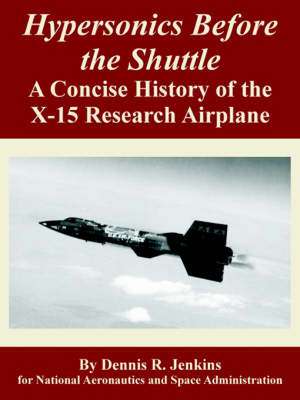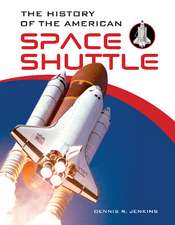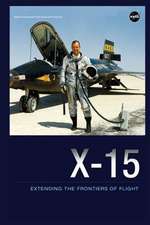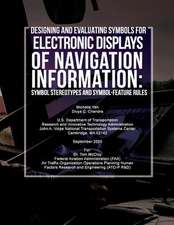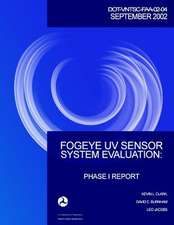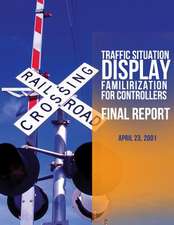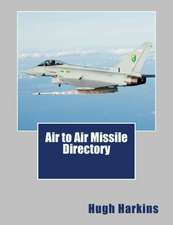Hypersonics Before the Shuttle: A Concise History of the X-15 Research Airplane
Autor Dennis R. Jenkins, A. S. a. N. A. S. a.en Limba Engleză Paperback – 31 mai 2005
Preț: 87.07 lei
Nou
Puncte Express: 131
Preț estimativ în valută:
16.67€ • 17.51$ • 14.01£
16.67€ • 17.51$ • 14.01£
Carte tipărită la comandă
Livrare economică 11-25 martie
Preluare comenzi: 021 569.72.76
Specificații
ISBN-13: 9781410224422
ISBN-10: 1410224422
Pagini: 132
Dimensiuni: 210 x 279 x 7 mm
Greutate: 0.31 kg
Editura: University Press of the Pacific
Locul publicării:United States
ISBN-10: 1410224422
Pagini: 132
Dimensiuni: 210 x 279 x 7 mm
Greutate: 0.31 kg
Editura: University Press of the Pacific
Locul publicării:United States
